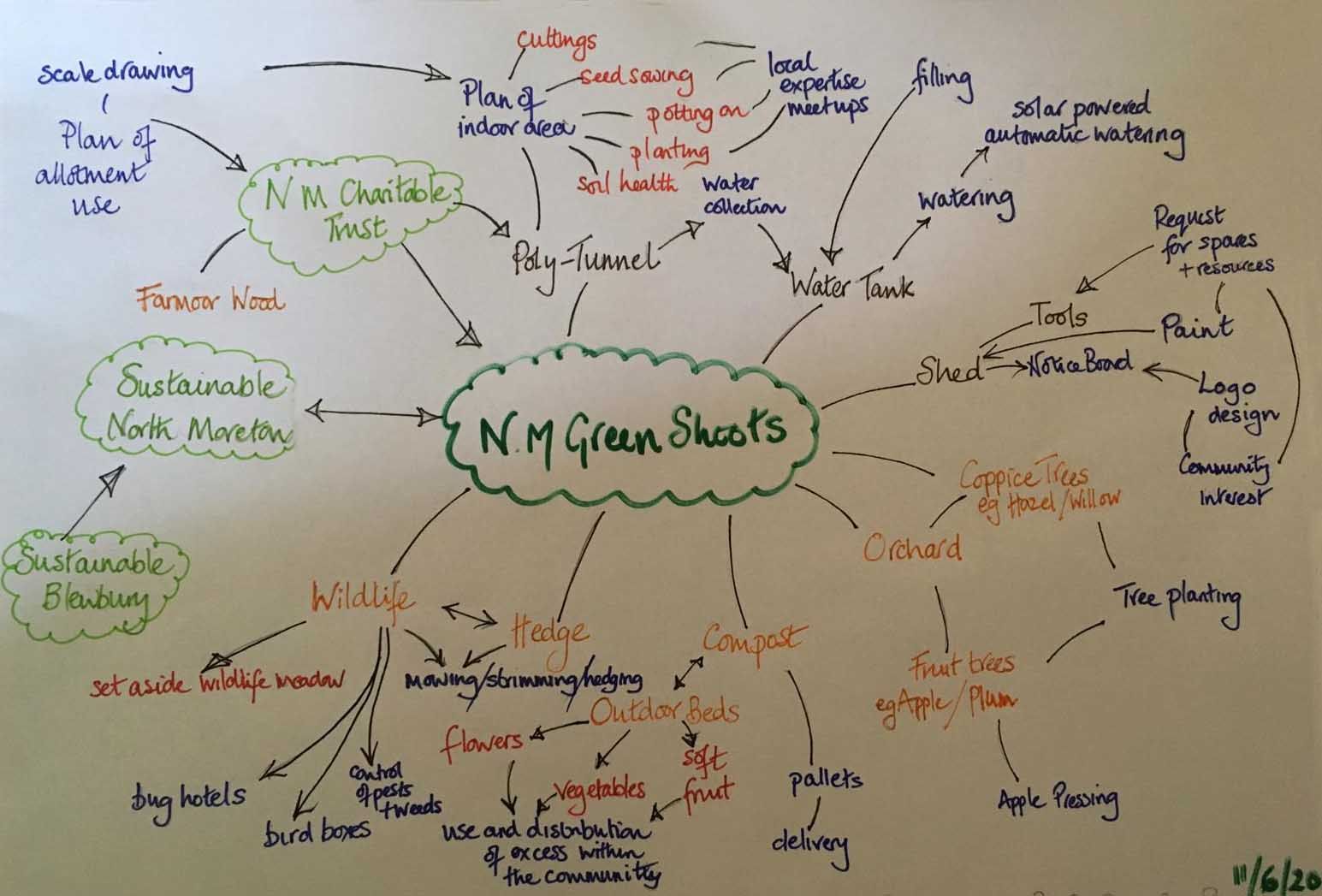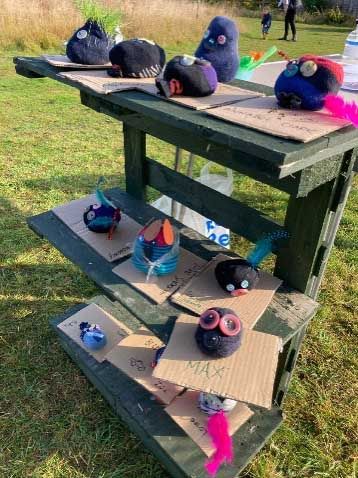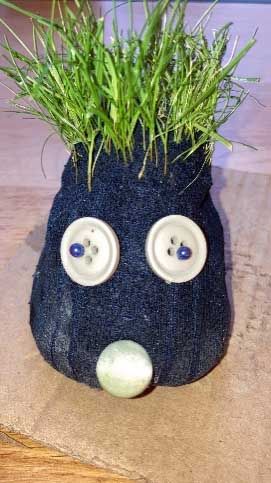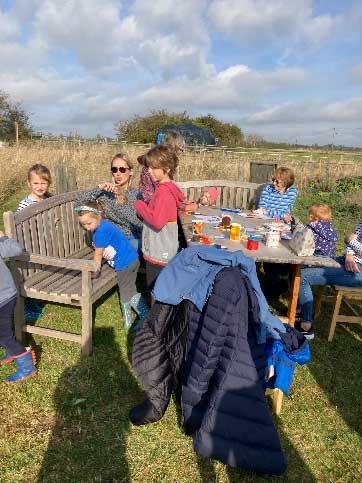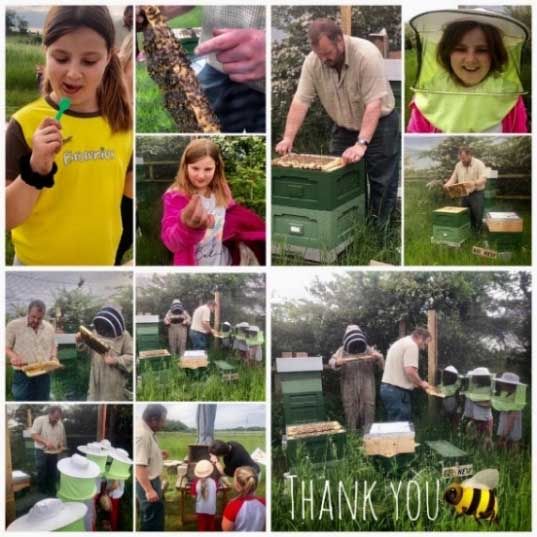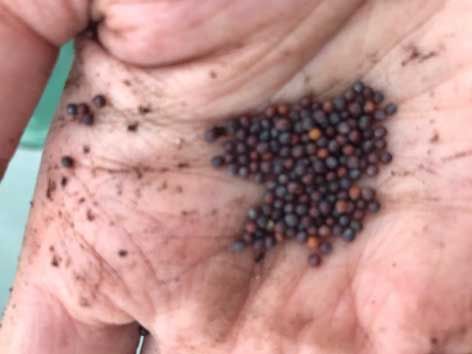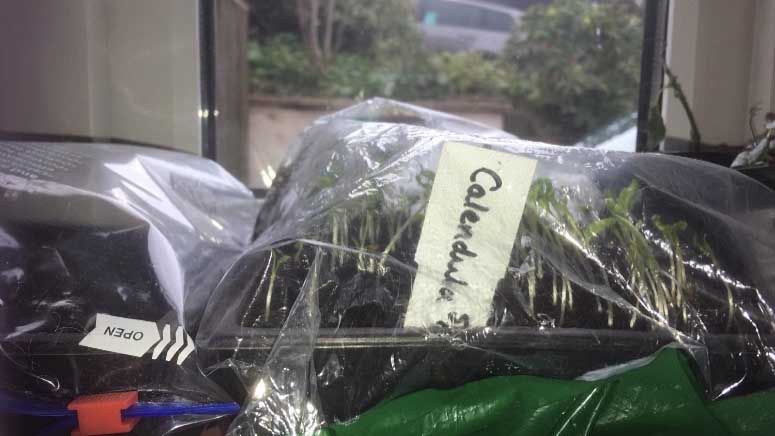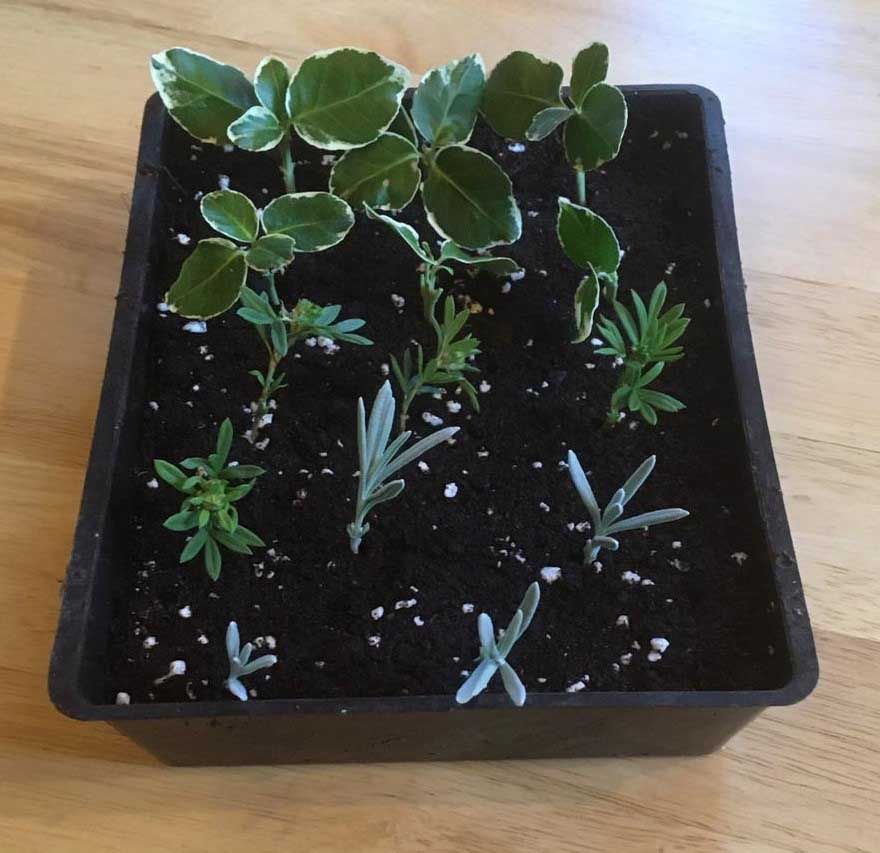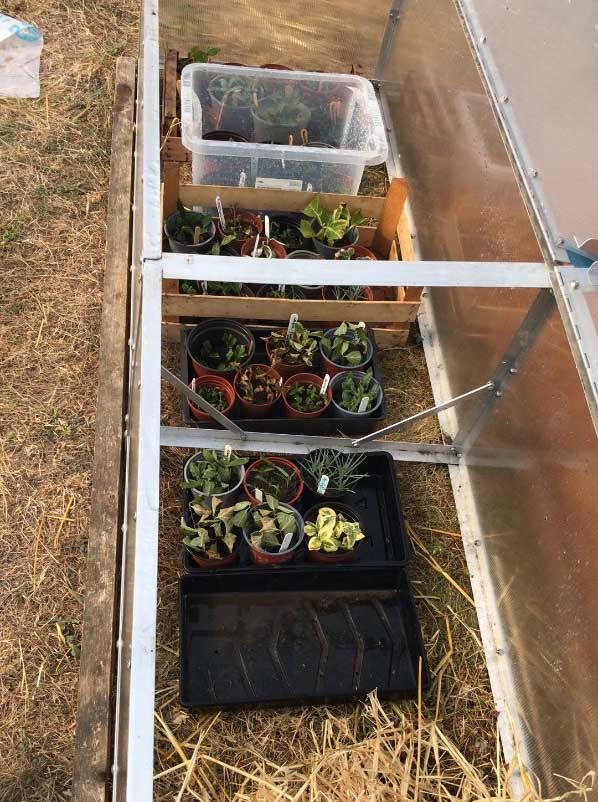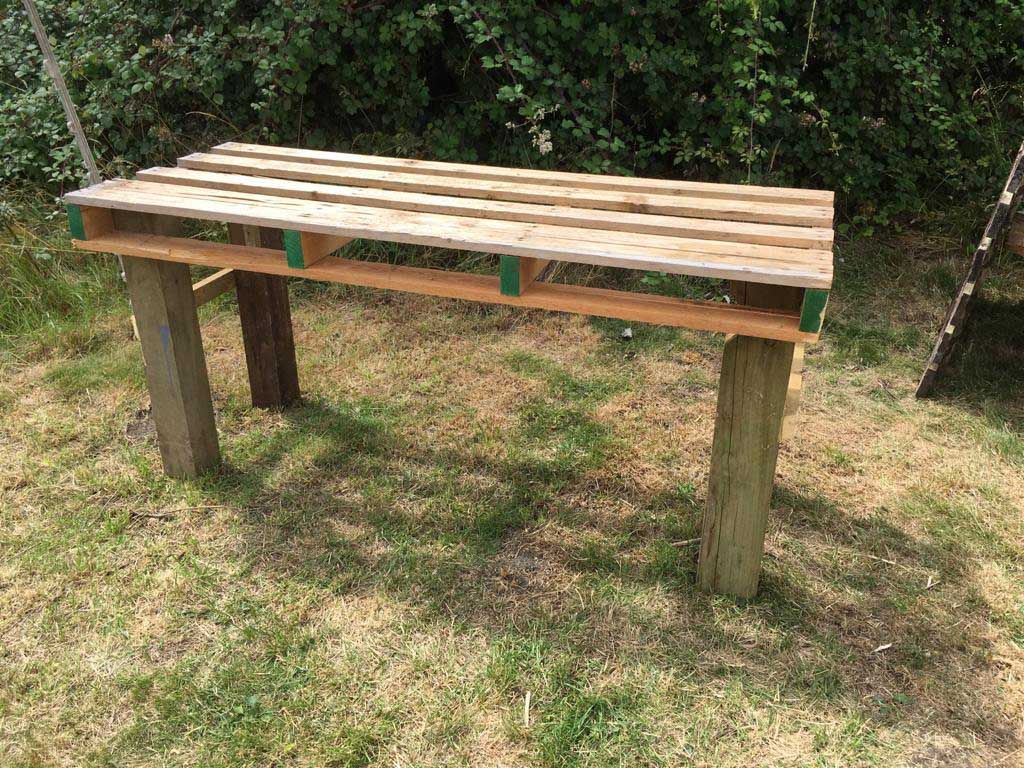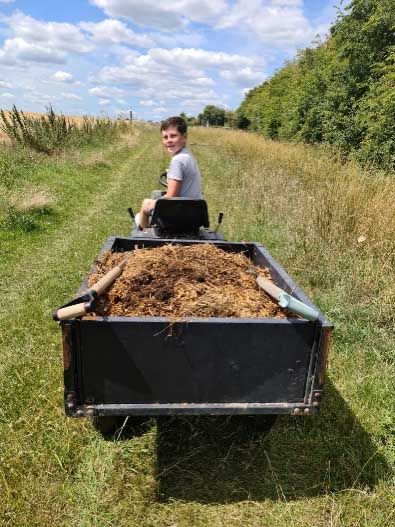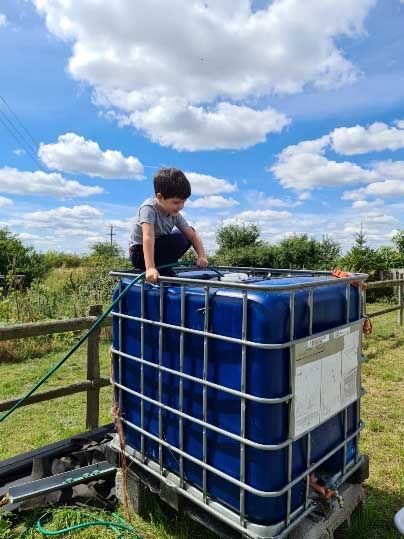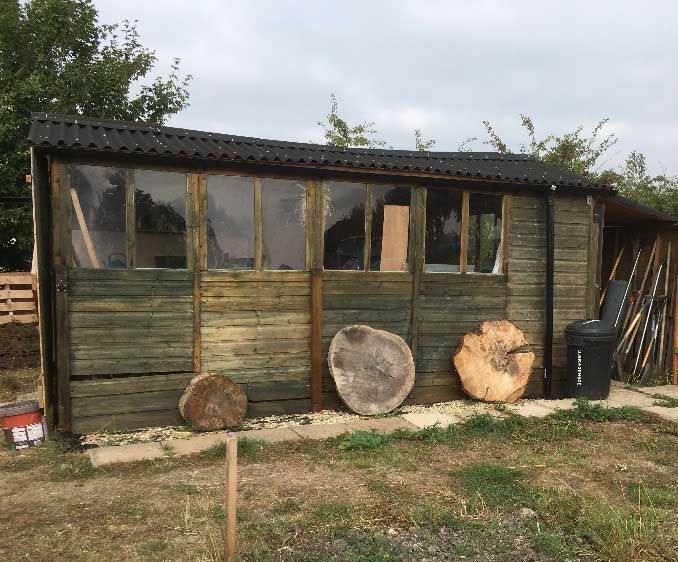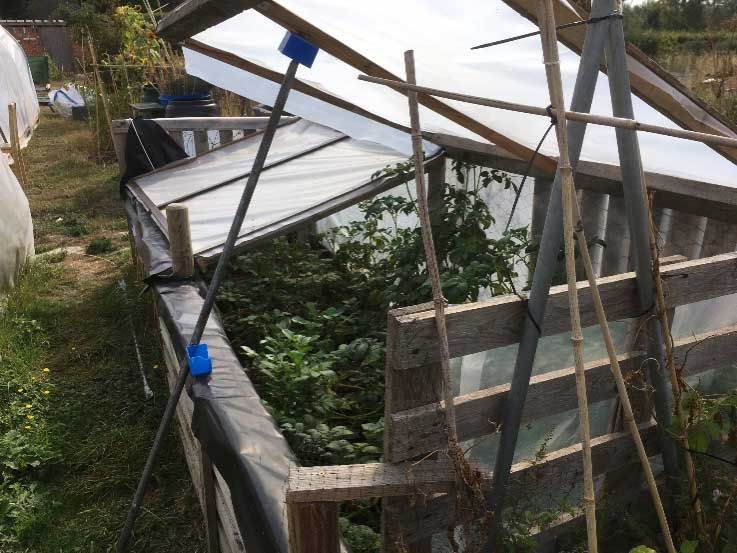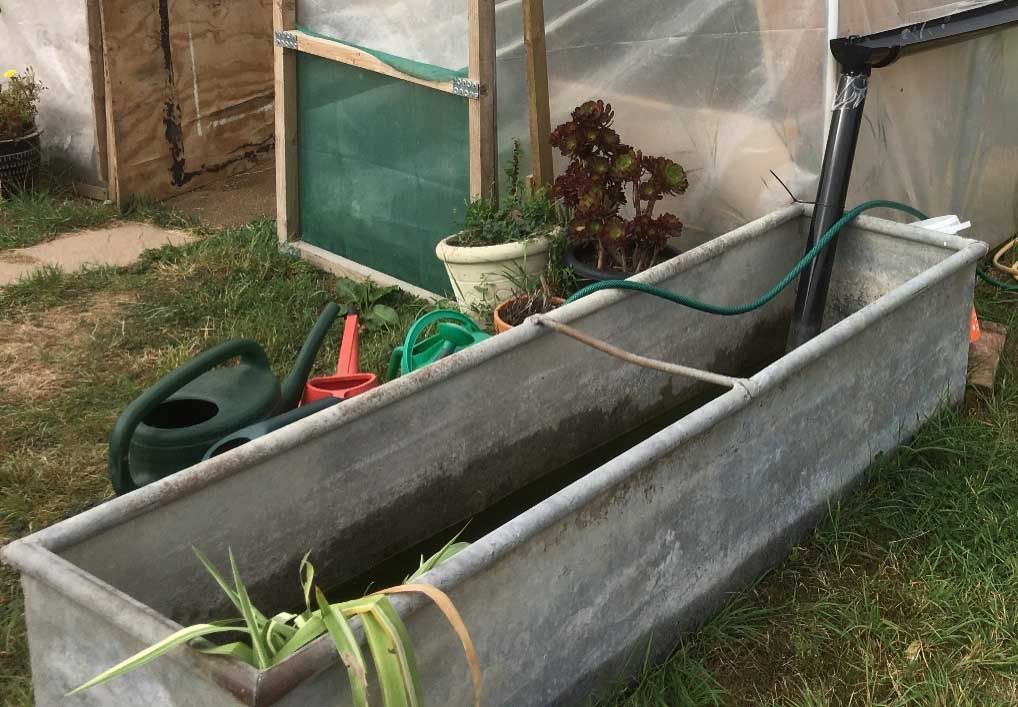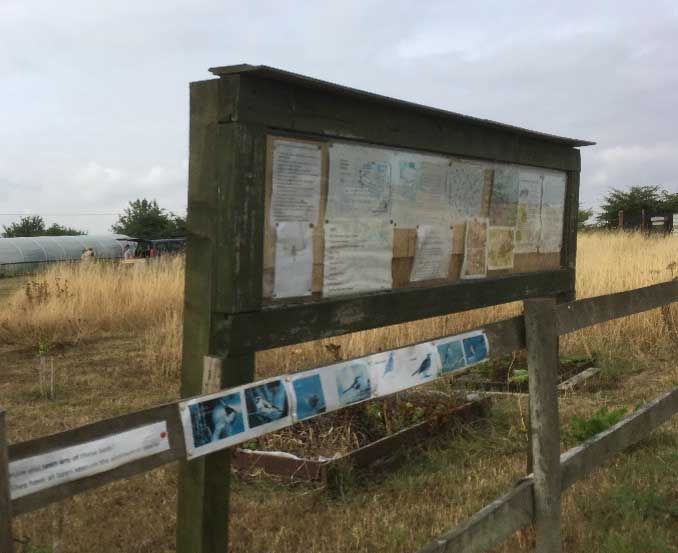Green Shoots
NMGreenShoots is the Community Action Sustainability Group
Was set up to develop the North Moreton Community Space, Allotment and Polytunnels on land owned by the North Moreton Parish Council and managed by the North Moreton Charitable Trust. Two polytunnels (one bought by the Parish Council and the second bought with an award from the District Councillor’s fund) have been put up by the group and we are learning what works and what doesn’t!!
Shared Vision
• Growing your own veg and flowers in and out of the Polytunnel
• Germinating seeds for your own garden/allotment
• Green Shoots communal crops
• Community crops including potatoes, sunflowers, pumpkins, hyacinths in pots, Christmas trees, Flowers for Giving
• Replanting hedges for protection and wildlife
• Planting a community orchard
• Developing areas to sustain wildlife such as the pond and wildflower area
• Encouraging wildlife with bird boxes, bee nests and hives, and pondlife
• Learning about all year round growing
• Encouraging all ages and families to be involved
• Linking to other communities both in and out of the village
• Adopting a sustainable approach
• Enjoying an environment on our doorsteps

What we are doing
News (Click on item to read)
We hope you will visit the North Moreton Community Space and make use of the table and donated benches to enjoy the wonderful view of Wittenham Clumps, to watch the increasing bird and pond life and to see the wildflowers. We want to make it a place of interest to all generations and would like to encourage families to spend time enjoying the garden. There are a set of magnifying boxes to borrow for a closeup look.

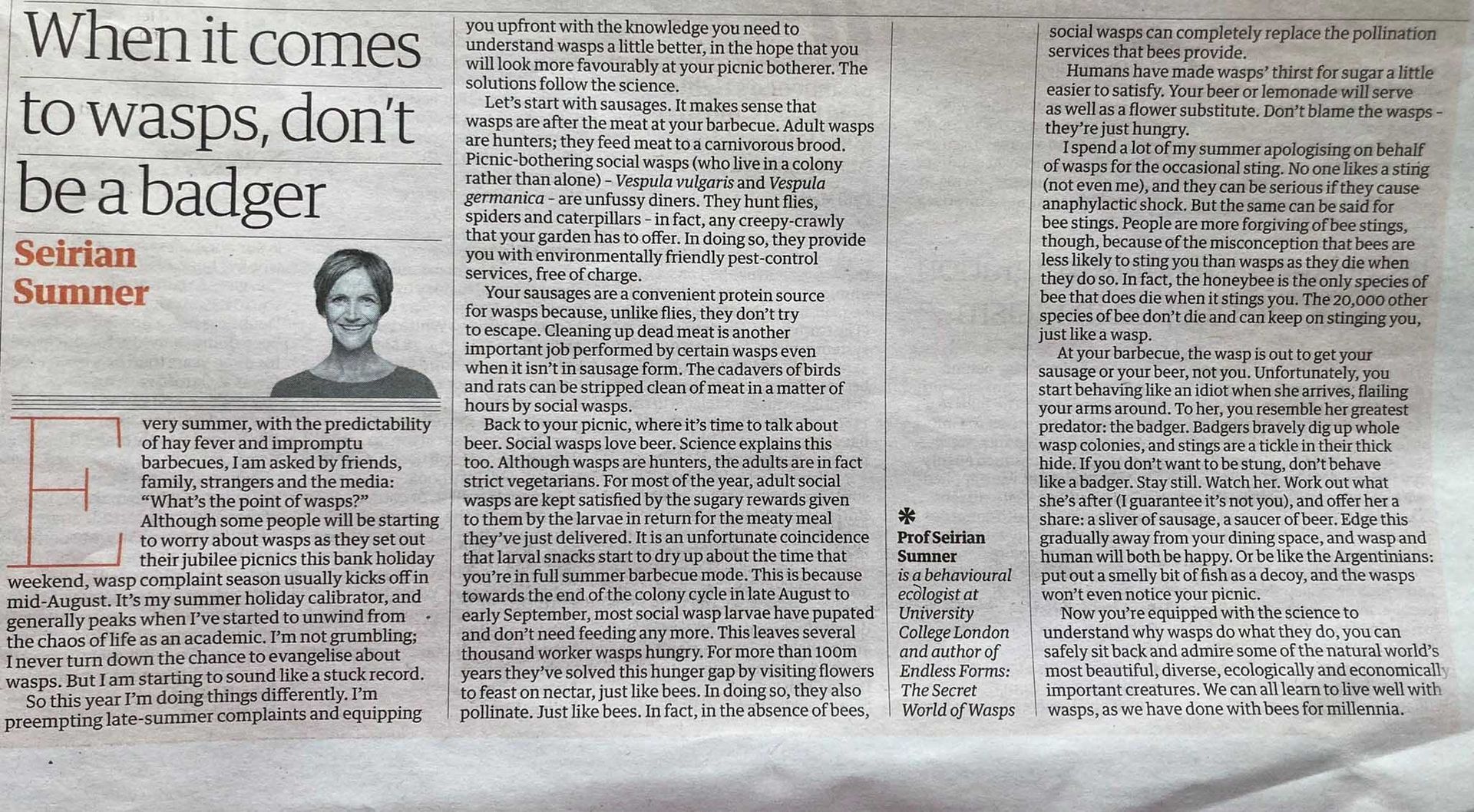
So, while the wasps may be different each year the queen always stays the same. The queen then lays one egg in each hexagon and within 2-3 days these eggs hatch.
To make the nest wasps use chewed wood pulp and saliva, giving them very papery walls. Nests are usually built-in sheltered areas with easy access to the outside. They are often found in wall cavities, roof spaces, under eaves, in bird boxes, and sheds.
The nest is made from hexagons which is where the queen lays her eggs. Research has found that hexagons guarantee the efficient use of materials and space within the nest. This is probably the reason wasps use them too. Layers of hexagonal cells are stuck together with spaces in between them. This space is like a corridor, where wasps can move between the walls of hexagonal cells. They use the hexagon because circles would leave gaps, squares and triangles wouldn't leave gaps, but the hexagon works even
NM Honey
Two hives of bees in the corner of the NMGreenShoots Community Space are owned and managed by local beekeepers Jo and Rob Nickless of Meadow Honey Farm. We have benefitted from the profit from selling honey under our own label.

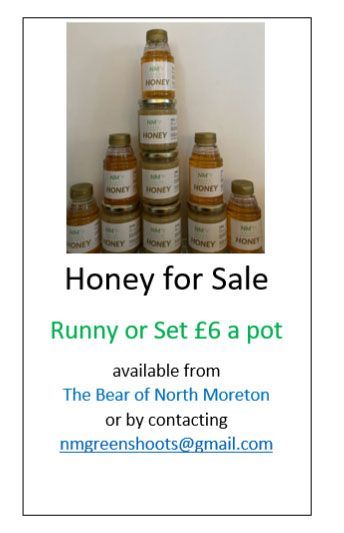

Lavender
This his delightful evergreen herb is thought to have been brought to Britain by the Romans, who used it as disinfectant, and to scent the water in public baths. Lavender is grown now in most English cottage gardens, and many people grow it for its lovely scent and colour. It originated however in the Mediterranean region growing at altitudes of 1800m, growing wild in the mountains of Italy, France, Spain and North Africa.
Being a versatile herb, Lavender flowers are dried and has long been used as potpourri, herbal pillows and sachets. It is used to flavour cakes, stews and teas, and is well documented to be a nerve tonic, but also as a cure for jaundice and a tonic for the heart. With the great revival of aromatherapy in the West, lavender is the most popular essential oil.
Surprisingly, lavender grown for essential oil harvesting is said to have its roots in both England and France, though the use of plants and essential oils for healing purposes was largely lost in England during the industrial revolution. The French however have maintained using essential oils, and many French doctors today prescribe essential oils as part of their clinical practice.
So, why are we growing lavender on the GreenShoots plot? It comes mainly from my great interest in lavender and the dream of owning a lavender farm in the South of France!! Dreaming apart, our lavender at GreenShoots provides a rich source of nectar for the resident bees, which adds to the delicious fragrant taste of the North Moreton honey. Also it’s grown to attract pollinators for our young fruit trees.
Our lavender flowers were harvested in late July when half the bracts were open, on a warm morning just after the dew had had chance to dry. This is so the essential oil won’t lose its quality when exposed to the heat of the sun. On the same day we distilled the lavender oil using a crude but effective essential oil distiller in our kitchen. Much fun and excitement ensued when suddenly the rich yellow oil started to drip from the outlet tube!! The lavenders are only year-old plants and so the harvest was limited and only yielded 3mls of oil! It’s hoped that more lavender can be planted this year, and some can then be used for drying too.
It is a challenge growing lavender on clay soil on the flood plains of the Thames, however I’m learning to improve the soil environment for the lavender using grit and horticultural sharp sand, which seems to be working, and the lavenders are thriving. So, watch this space for future GreenShoots lavender essential oil and dried lavender!
Shelley Rayner
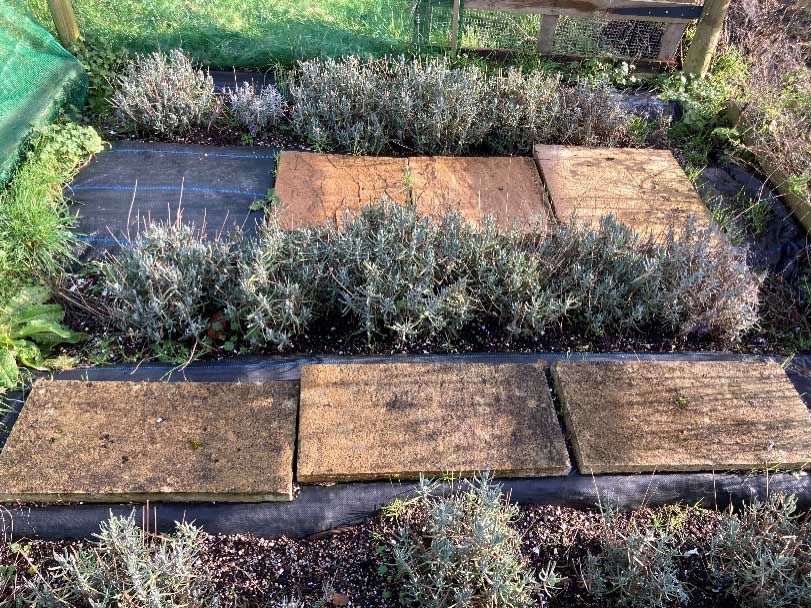
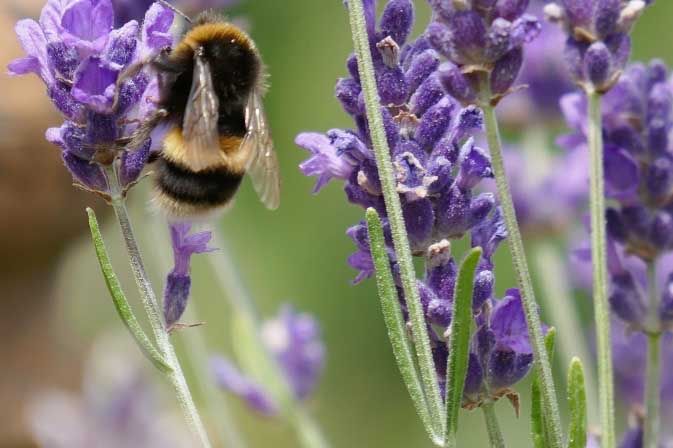
Hedging and Trees
Hedging
A hedge has been planted on the western and northern sides of the Community Space with Acer Campestre, Hawthorn, Dogwood, Guelder Rose saplings. The saplings came from donations including those produced by local RHS students.
Woodland Trust Trees
We applied for a Woodland Trust pack of native sapling trees which have been planted around the site. These include Silver Birch, Rowan and Wild Cherry.
Community Orchard
The Orchard trees, donated in memory of Patrick Greene, have successfully taken after being expertly planted by our local RHS students and now GreenShoots give them TLC in the form of pruning, grease banding and winter washing.
Christmas Trees
In the autumn of 2020, villagers turned out to adopt and plant a sapling Christmas Tree in our grove of around twenty. Now 2 years old most are putting on good growth. A 10-year-old Christmas Tree (10 rings) will be around 2m tall. We hope to harvest the trees when they are between 1m and 1.5m high.
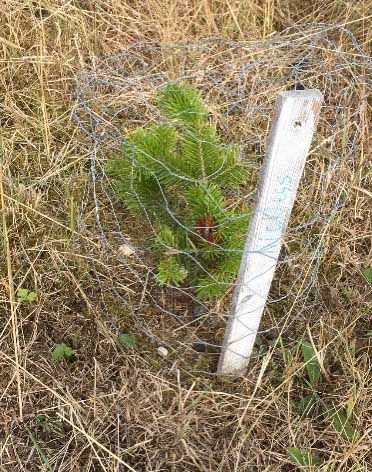
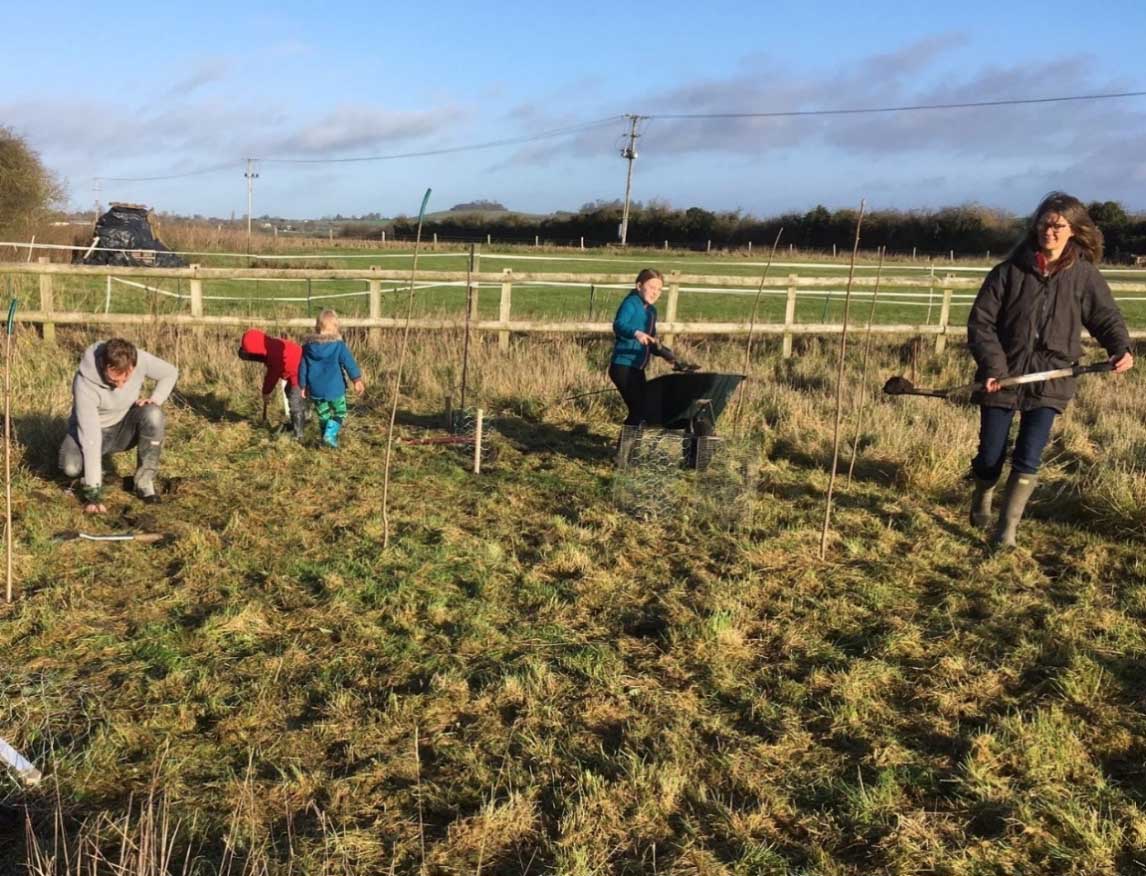
Recent Activities
Bird Box building
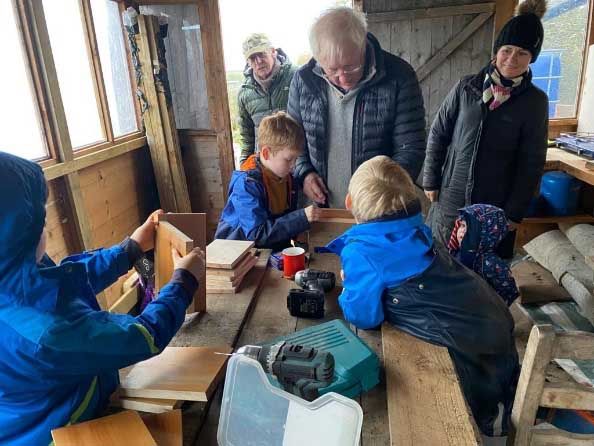
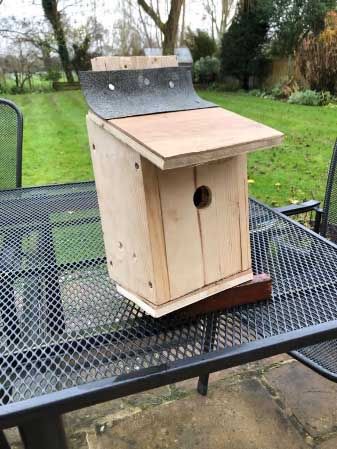
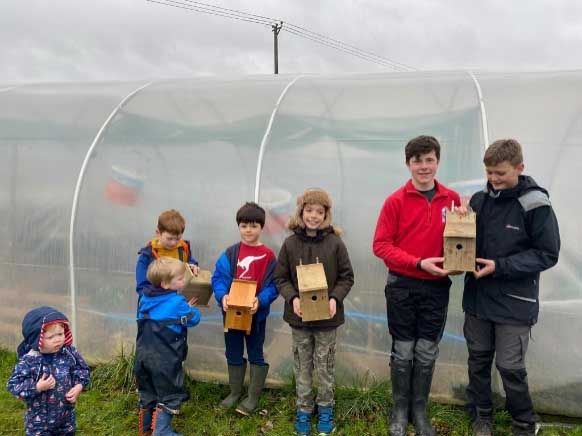
Mothers Day & Planting a Hairy Creature
Cuttings session with local RHS expert help
Recycling, Reuse and Composting
Sustainable re-use of ‘stuff’ that you can’t re-use yourself.
NMGreenShoots have been very appreciative of all the donations and have put them to good use. We have a useful number of tools now, a shed, a cold frame, a couple of wheelbarrows and a few watering cans. Also, some composting bins and water butts and a trough which collects water off one side of the large polytunnel. We have had a wonderful supply of wood, wooden furniture for small flower and vegetable beds, pallets, scaffolding planks for polytunnel bed edging and compost bins, and wood for birdboxes.
Donations of matting and bubble wrap, bamboo and hazel sticks for supports, tennis balls to cover the sharp points of the sticks, bucketloads of manure from the local farms, a 1000litre watertank and containers with good lids for seed storage.
Unfortunately, we cannot accept items without knowing we have a use for them, but we would love to reuse anything offered if we can. Villagers have been very generous in responding to calls for certain items. We hope you don’t mind us asking once in a while!
Donations from the Produce and Plant Table, refreshment donations on activity days and profit on the GreenShoots Honey have helped to fund projects. We have bought compost, seeds, guttering, shed roofing materials and a few pond plants to get us started. We are saving towards the sustainable watering system that we are hoping to install. This might be a fun project for budding engineers in our midst.
Composting
Avoid giving valuable rubbish to landfill! Composting is an inexpensive natural process that transforms kitchen and other household waste into valuable food for the garden.
Compost needs a good balance between GREEN (soft plant material) and BROWN (woody and fibrous material)
IN: tea bags, grass cuttings, vegetable peelings, salad leaves, fruit scraps, old flowers, bedding plants, coffee grounds, rhubarb leaves, weeds. eggshells, egg boxes, cereal boxes, corrugated cardboard, toilet rolls, garden prunings, hedge clippings, straw, hay, vegetarian pets' bedding, wood ashes, sawdust, wool, natural fibres, feathers, vacuum bag contents, tissues, paper towels, napkins, shredded documents.
OUT (do not compost!): cooked vegetables, meat, dairy produce, diseased plants, dog poo, cat litter, babies' nappies.
from Sustainable Blewbury website
LINKS with the village and other organisations
North Moreton Village Website https://www.north-moreton.com
Cholsey Wildlife Challenge
http://www.wlgf.org/Cholsey.html
Wildlife round Cholsey
https://cholseywildlife.blogspot.com/
Sustainable Blewbury
https://www.sustainable-blewbury.org.uk/
lists of plants for pollinators
https://www.rhs.org.uk/science/pdf/conservation-and-biodiversity/wildlife/plants-for-pollinators-wildflowers.pdf
Community Action Groups Oxon CAGOxfordshire
https://www.cagoxfordshire.org.uk/
Woodland Trust
https://www.woodlandtrust.org.uk/
Earth Trust
https://earthtrust.org.uk/
Berks Bucks Oxon Wildlife Trust https://www.bbowt.org.uk/
Janet Prescott RHS courses in North Moreton: B.E.S.T. in Horticulture https://www.bestinhorticulture.co.uk/
R and J Nickless Meadow Honey Farm
https://www.meadowhoneyfarm.co.uk
ACTIVITY Dates:
Plant a pot for Mothering Sunday 12th March
A look into NM Bee Hives 14th May
NM Photo competition closes 31st August
NM show TBA add pics or section fro Janet P
B.E.S.T. in Horticulture Education Limited
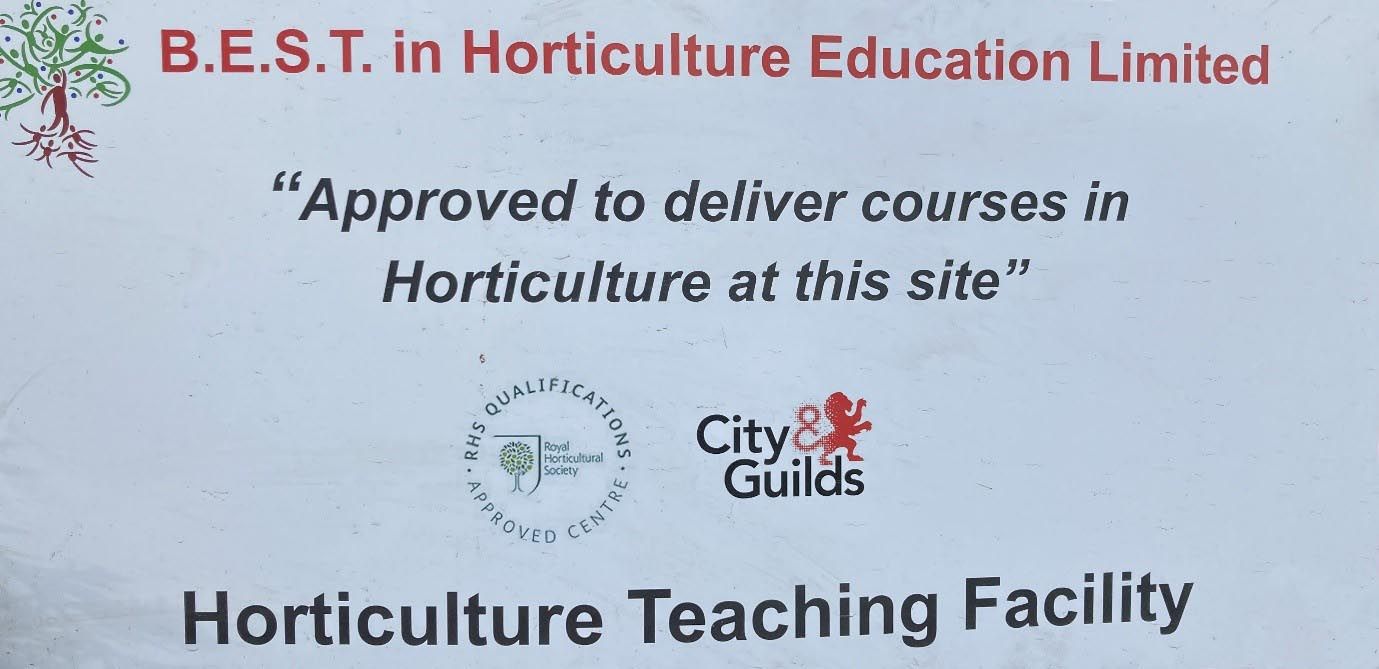
Photo Gallery
April 2024
1
2
3
4
5
6
7
8
9
10
11
12
13
14
15
16
17
18
19
20
21
22
23
24
25
26
27
28
29
30
1
2
3
4
5
